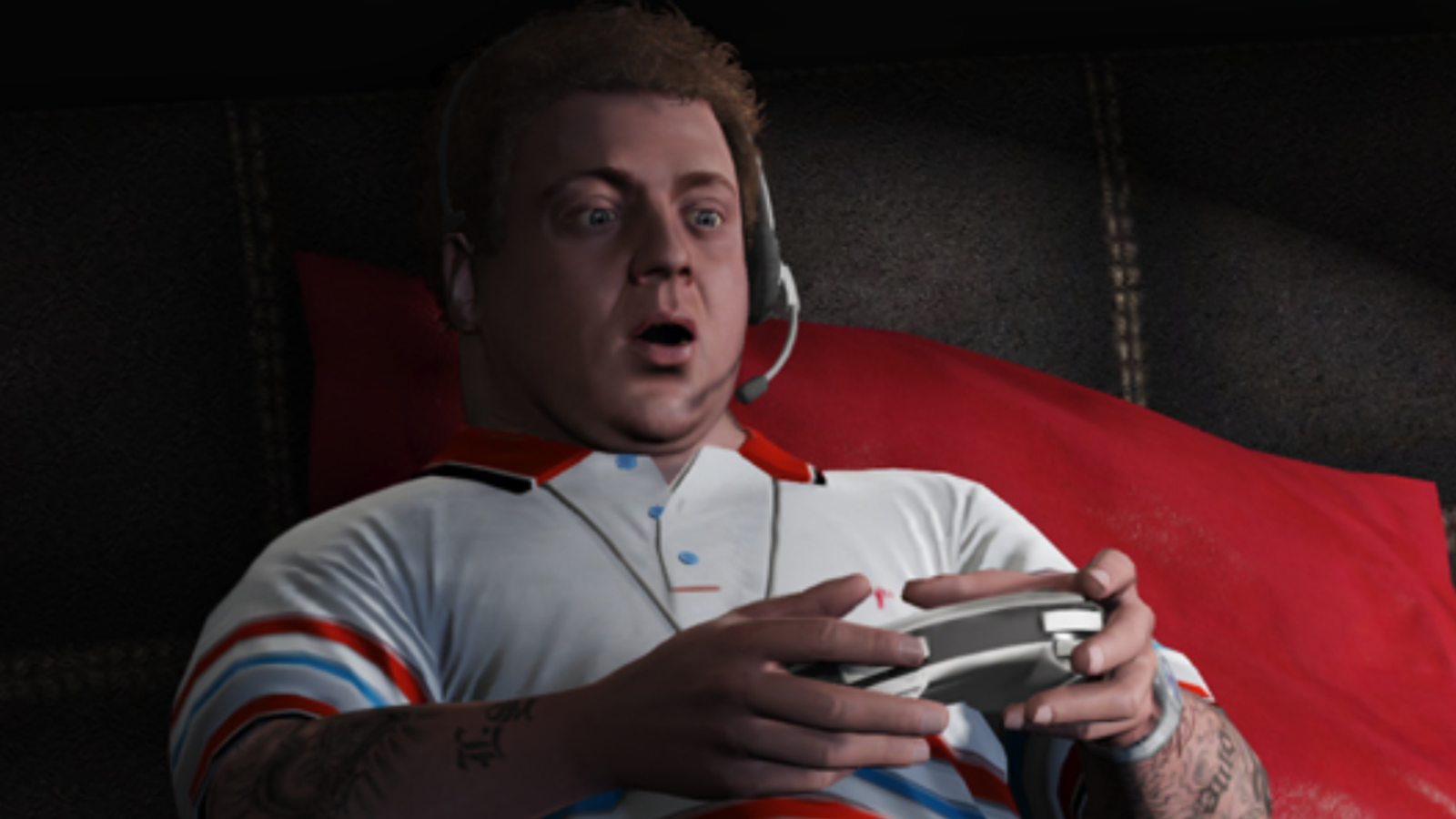
Shooting down droves of bullet-spongy hooded criminals in an online cover-based RPG might be a hard sell, but I’m enjoying The Division—at least, my lizard brain is. The combat can be a challenging and cooperative cover playground, stat-bumping loot drops regularly, and in true Ubisoft style the city map overflows with icons I’m driven to wipe away. I just hardly know why I’m doing what I’m doing, but for now I’m OK with that, as long as my XP keeps growing and making ding-ding sounds.
The Division release wasn’t without its issues. We received radio silence from the servers until an hour or two after it went live. And then suddenly everything went back online, and I’ve yet to have a single hitch since.
It looks great, despite a few visual bugs that disappeared after a quick reboot. With settings maxed out, otherwise minute details really stand out. Glass, tile, and fabrics shatter and perforate closely to their real life counterparts. Hazy golden hour light spills into the slick city streets, and thick snowstorms turn streetlamps into conical havens and wandering NPCs into creepy silhouettes. A slew of post-processing and weather effects layer on a grimy, sterile palate to a once lively setting. It’s all quite moody.

Cover-based friendship
Combat has been a frantic mix of coordinating with teammates and puzzling out a good way to exploit enemy positions. It didn’t take long for Chris and I to fall into a natural rhythm. He had a rifle, good at a long distance, so he’d take the high ground. My SMG could tear up dudes, but only if I was fairly close, so he’d suppress and support from up high while I maneuvered through cover for a good flanking route. The enemies felt more aggressive than I remember them being in the beta, and we ran into some flamethrower-wielding baddies that would charge right away, a nice change of pace from the stop and pop of The Division’s perpetual hoodie gang. Boss characters are still mostly stronger versions of regular enemies, just with more health and a shield, though we did encounter one that was bigger, slower, and more powerful than the rest. Still, it was just a huge human with a weapon.
It’s easy to dismiss the oddities in enemy behaviors and presentation when the story is so missable. The Division has too much going on to internalize every line of dialogue or miniature environmental set piece, especially when you’re chatting with a few friends. But knowing the narrative scaffolding is there and slowly absorbing it throughout play gives weight to what I’m doing, even if it’s a very light weight and what I’m doing is murdering a lot of people. I know we’re trying to take the city back from the bad guys, rebuild civilization, and eradicate the virus that led to the collapse of society. You probably know this story. I’ve heard it many times, and though the cliched, somber, self-serious tones of Tom Clancy are enough to keep me going for now, I worry it might feel too monotone before long.
The narrative scaffolding gives weight to what I’m doing, even if it’s a very light weight and what I’m doing is murdering a lot of people.
There are still a lot of questions. Cooperative combat could change entirely if the locked skills, perks, and abilities have meaningful effects. Even if they do, without a variety of combat scenarios and enemy types, their diversity could go to waste. For now, the campaign is entertaining, but some players have already reached level 30, and it’s unclear if there’s proper incentive to repeat missions on harder difficulties for more loot.
Presumably, the Dark Zone, a PvP area where anyone can turn on anyone, is where the rarest loot and the bulk of mystery resides. During the betas, the Dark Zone was a bit of a mess, with players shooting one another willy-nilly and hackers breaking the game altogether. Perhaps players will settle into the Dark Zone’s intended role as a tense post-disaster scavenging area, with teams working together and turning on one another in dramatic, prolonged encounters. There are huge chunks of the map I’ve yet to explore and a bunch of systems like crafting I’ve yet to even touch, so before I can truly divvy out my thoughts on The Division, I’ll need to broaden my post-apocalyptic experience.
In the meantime, I’m heading back to post-virus New York to find some answers.
Stay tuned for more coverage of The Division and a review in the near future.



